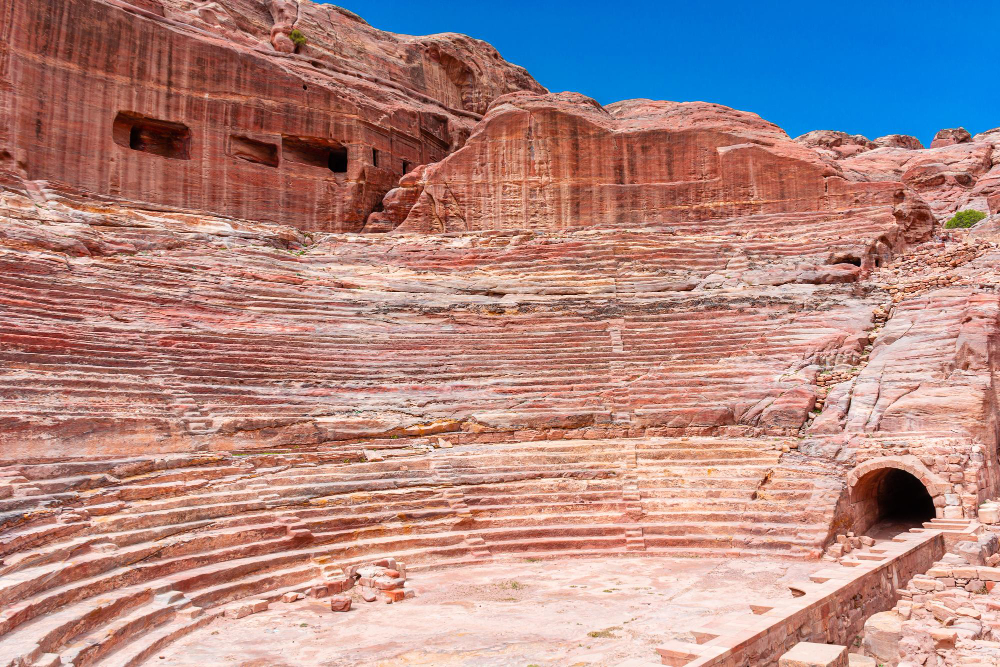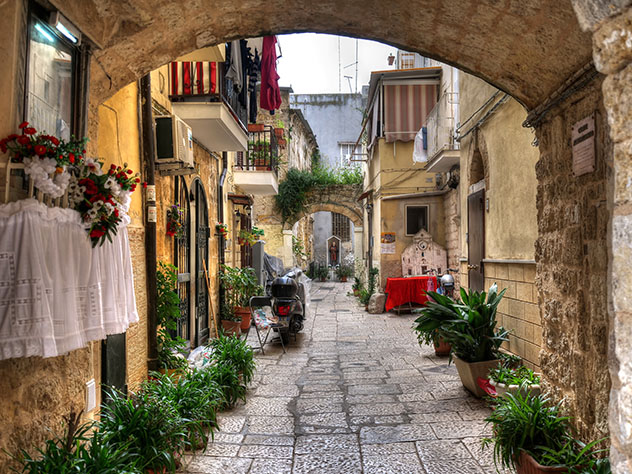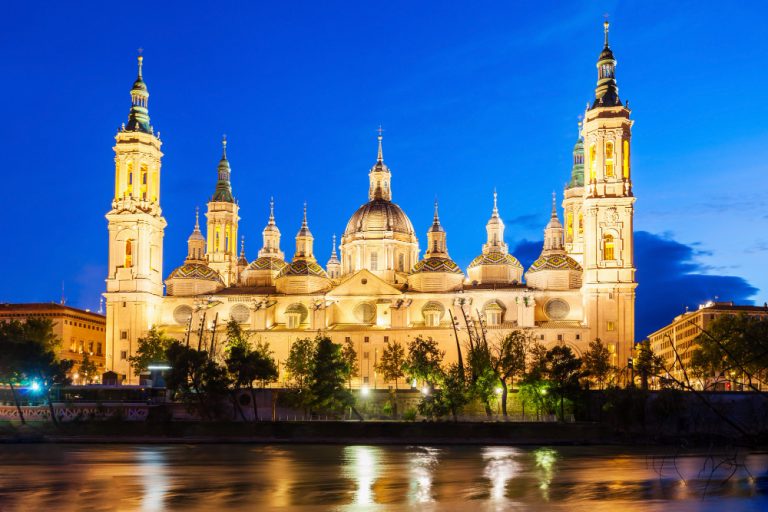Petra is located in the desert of southwestern Jordan. Founded about the year 300 a. C became the capital of the Nabataean kingdom. In 1812, Swiss archaeologist and explorer Johann Ludwig Burckhardt discovered the lost city of Petra. The fact that since its creation its discovery was not until the beginning of the 19th century, gave it the name of Ciudad Perdida.

The Pink City can only be accessed through a narrow canyon, finding in its path, tombs and temples carved into pink sandstone cliffs.
The Siq
Petra is also the Lost City, for being in a valley surrounded by high rocky mountains, whose entrance is the gorge known as the Siq.
This gorge is a kilometer and a half long, and its width in some sections is less than two meters.
Finally we will arrive at the Treasury, which is the most iconic image to see in Petra and which impresses with its proportions (40 meters high by 28 meters wide). There we can appreciate the exceptional state of conservation of the stone, that it has been preserved in this way because it is better protected from wind erosion.


The city of Petra
It was basically a commercial city, where they traded products from India. Its defensive enclave also prevented attacks from other towns.
Thanks to its location between rocky mountains, and the construction of canal networks, Petra had enough water for the population. This fact also has its negative side since the layout of the great gorge favors flooding by torrents of water. Curiously, at the entrance to the SIq, we will find a tunnel that fulfilled the function of diverting the waters.
In Petra, which was conquered by the Romans, you can admire archaeological remains of the Roman presence, such as the Via de las Columnas and the Petra Theatre.


It is known of Petra that there was a time that was occupied by the crusader knights in the Middle Ages, until the year 1187 when they were defeated by Salandino. From then on, it was practically abandoned until its discovery in 1812.






